A hand battery is a battery made by placing your hands on two different metals, which creates a circuit that allows your body to act as an electrolyte. The current generated by the battery depends on the amount of contact between your hands and the metals, and the resistance of your skin.
Here are some things to know about a hand battery:
-
How it worksWhen you touch the metal plates, your skin allows negative electrons to move from one plate to the other, while positive ions move in the opposite direction. This creates a voltage, which can be measured with a multimeter.
-
Factors that affect the currentThe amount of current generated depends on the contact area between your hands and the plates, as well as the resistance of your skin. Wetting your skin can reduce the resistance and increase the current.
-
How to make a hand batteryTo make a hand battery, you can place two metal plates on a non-metallic surface, and connect each plate to a test probe on a multimeter. Set the multimeter to measure current in milliamps.
-
ApplicationsThe effect of skin conductance can be used as a lie detector in a polygraph machine.

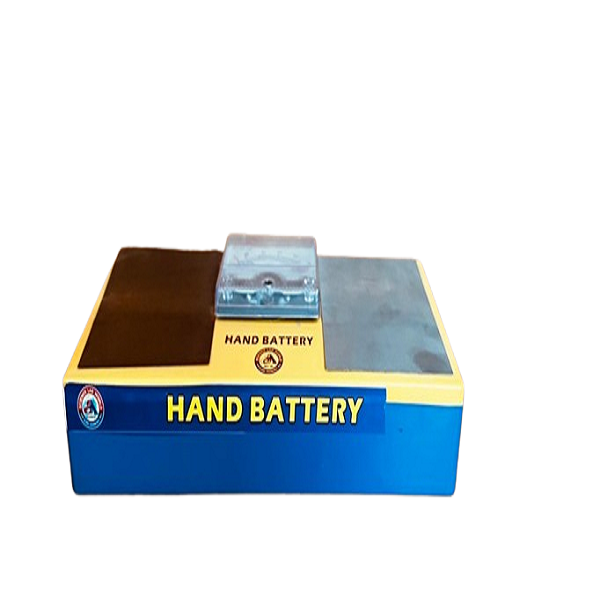
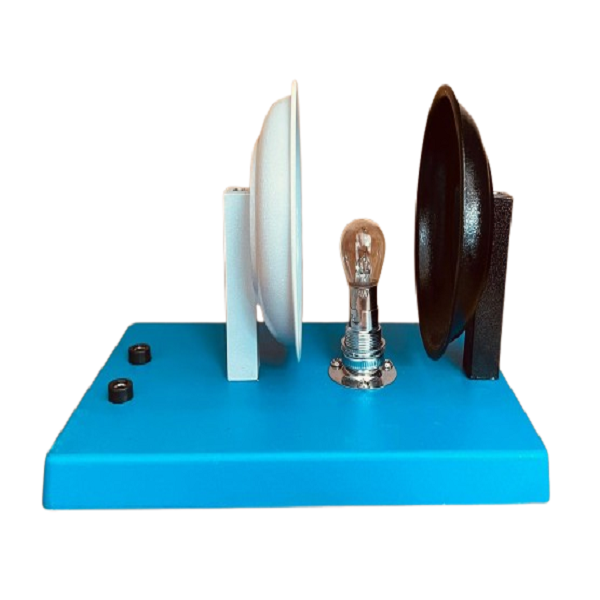
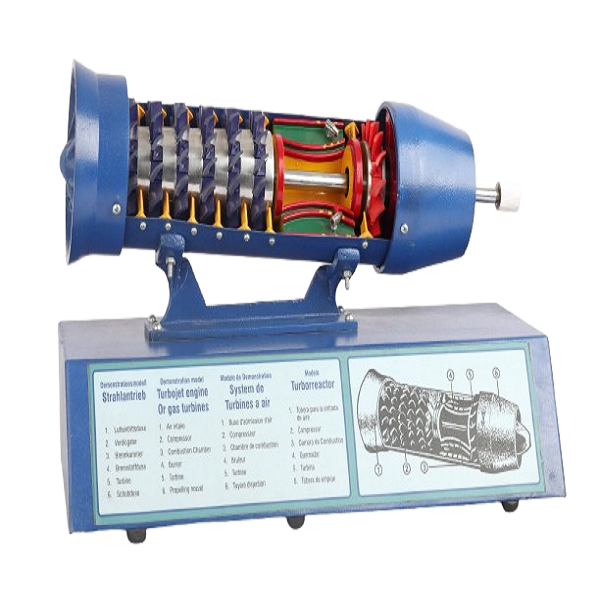
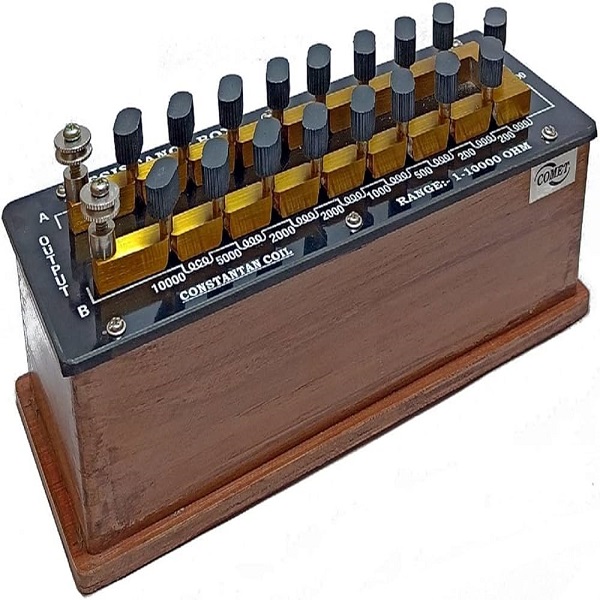
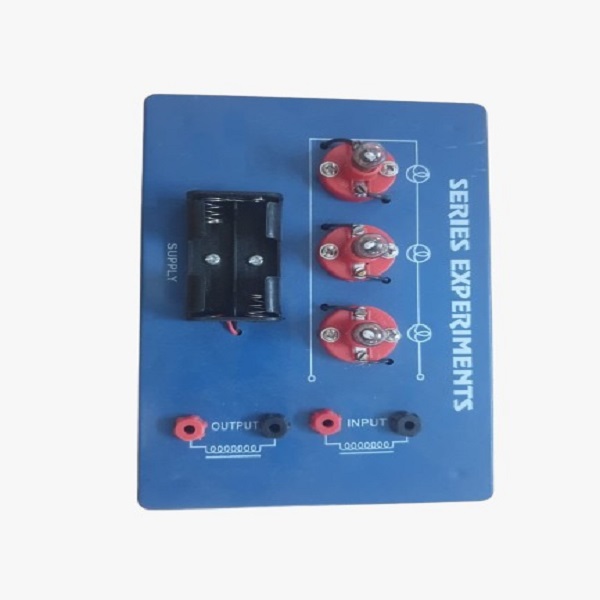
There are no reviews yet.